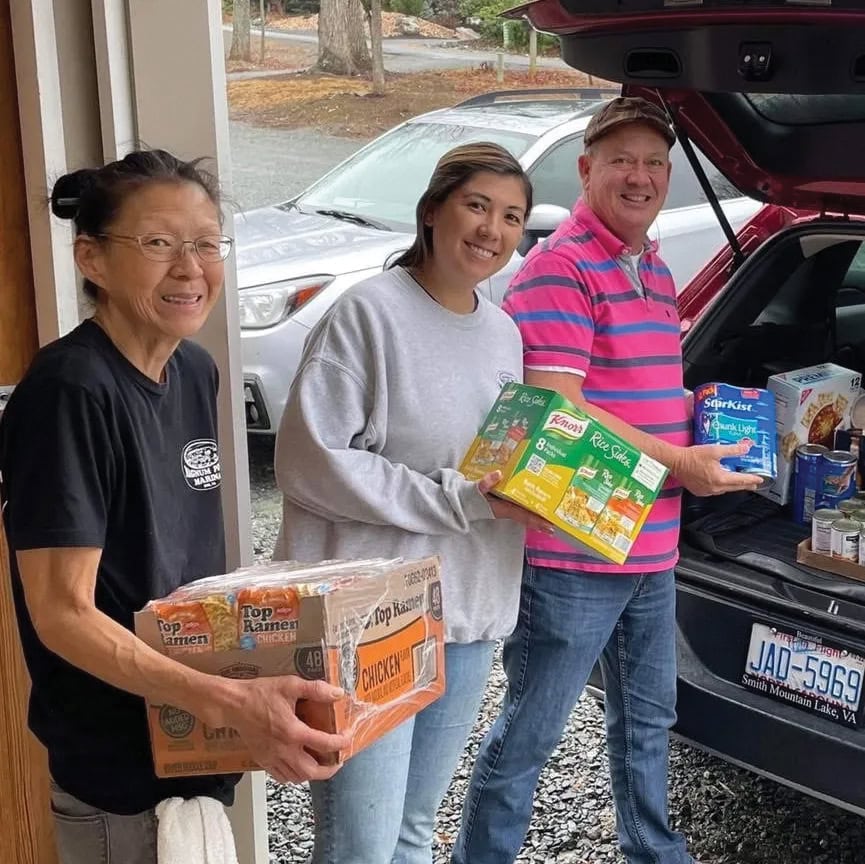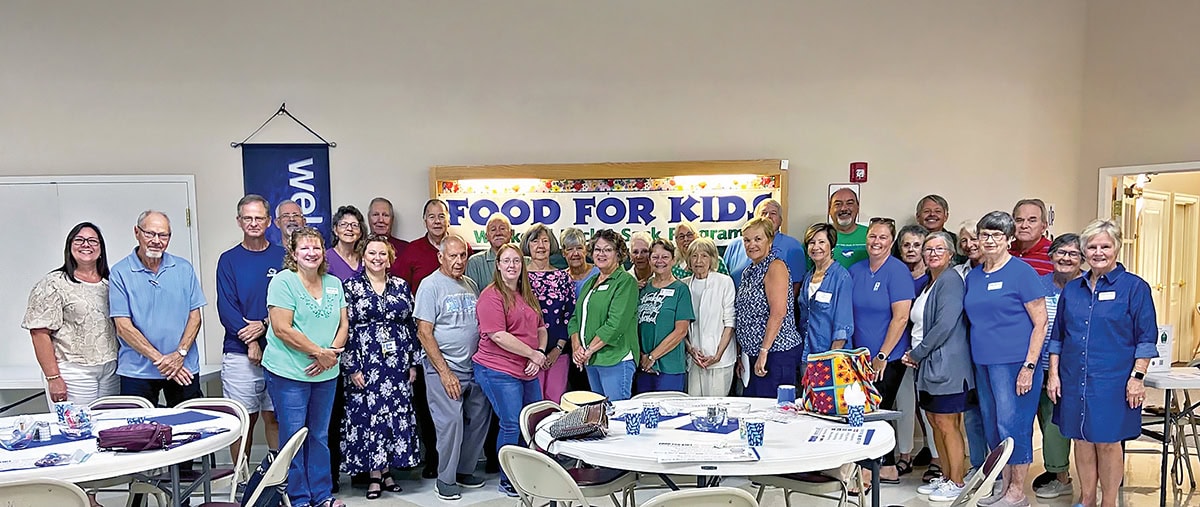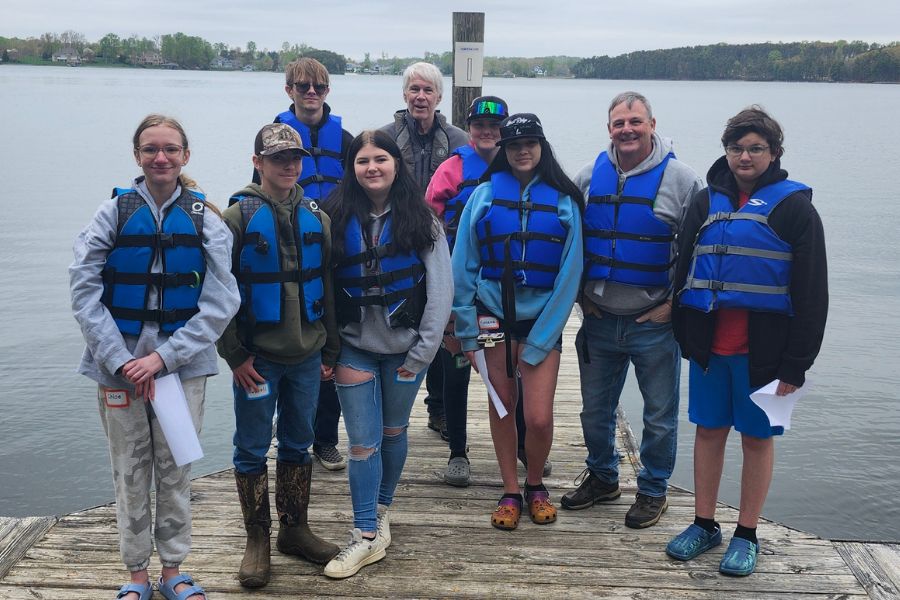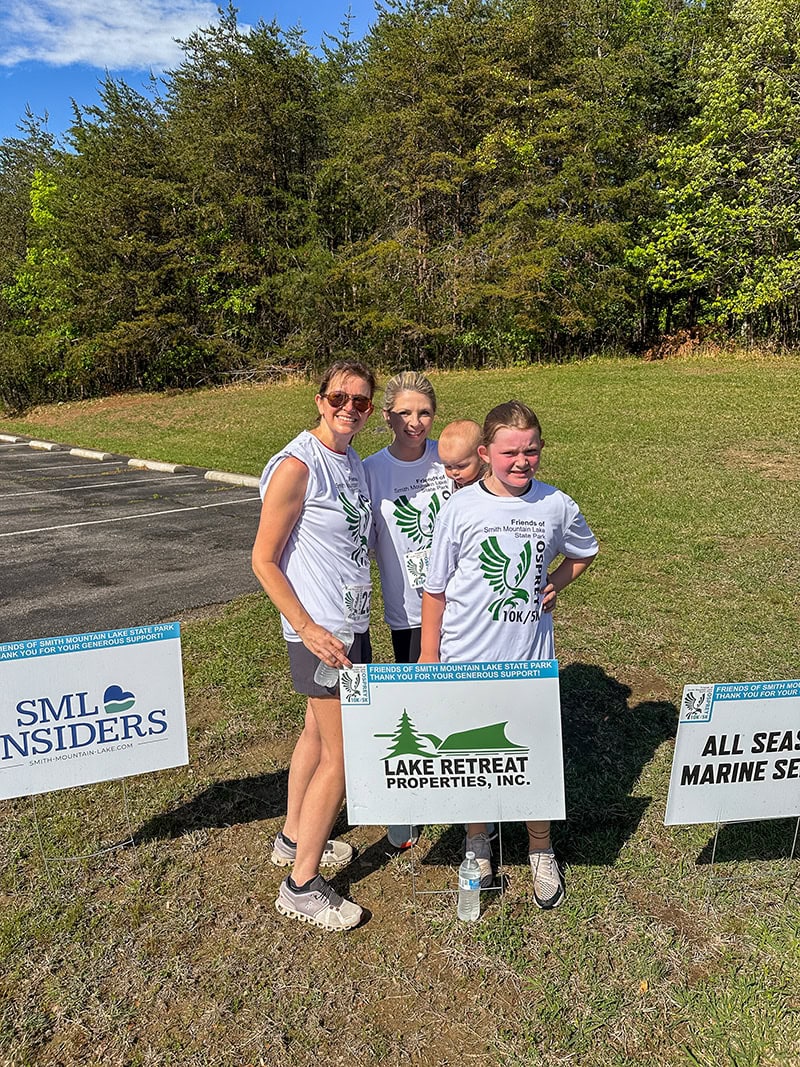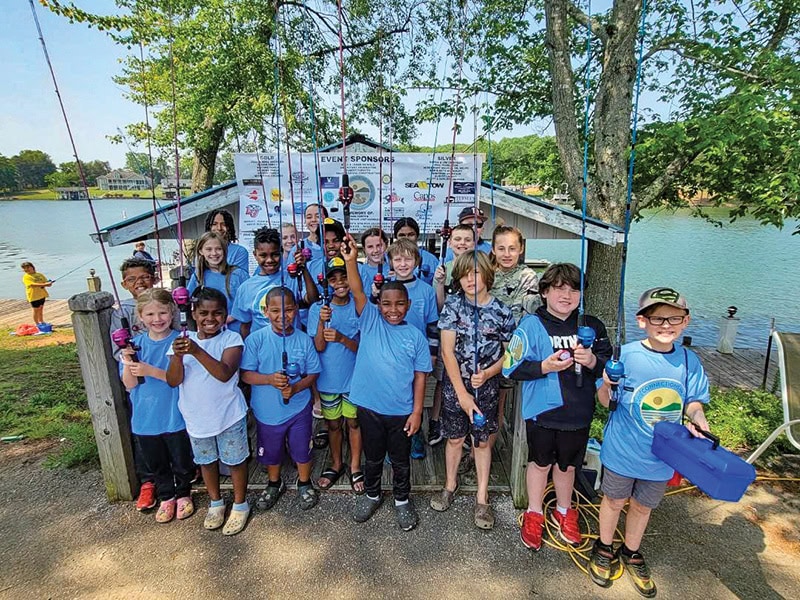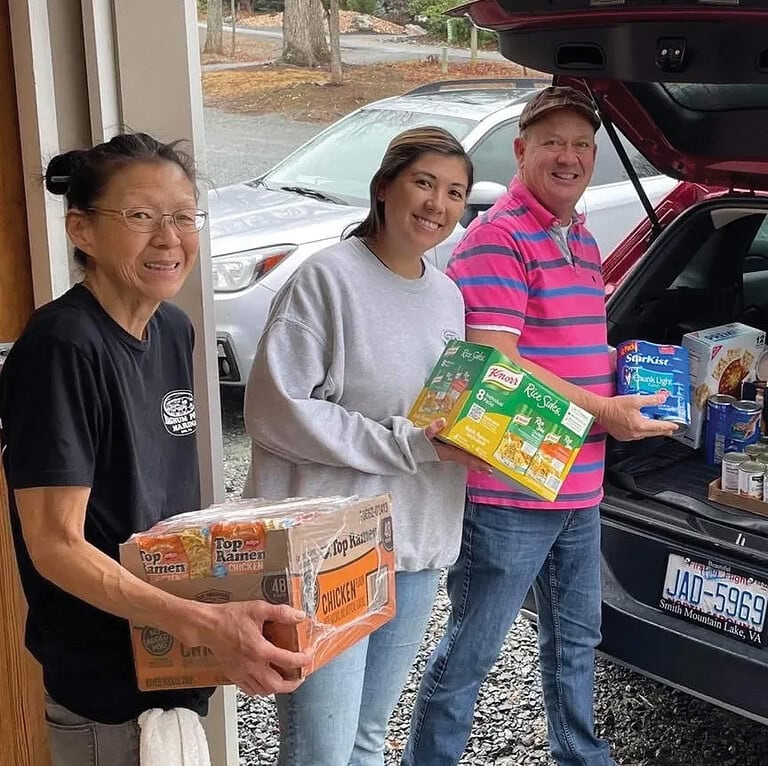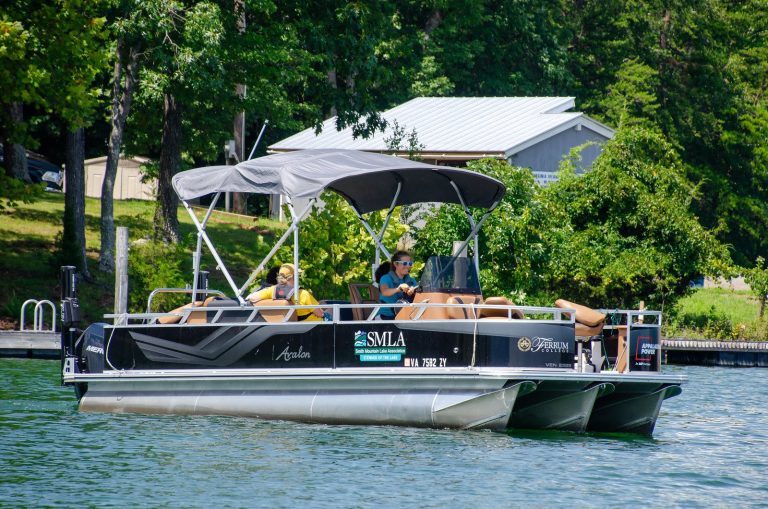Citizen Scientists: How Volunteers Help Keep Smith Mountain Lake Clean
This page may contain affiliate links. If you click and purchase, we may earn a small commission at no extra cost to you. Read our full disclosure policy.
When you think of Smith Mountain Lake, its natural beauty and recreational opportunities likely come to mind. But have you ever thought about the volunteers working behind the scenes to keep the lake clean and safe?
Founded in 1969, the Smith Mountain Lake Association (SMLA) has evolved into a dedicated group of around 150 volunteers, most of them retirees from diverse backgrounds. These volunteers engage in citizen science—simple but impactful projects that help manage the lake’s health and safety.
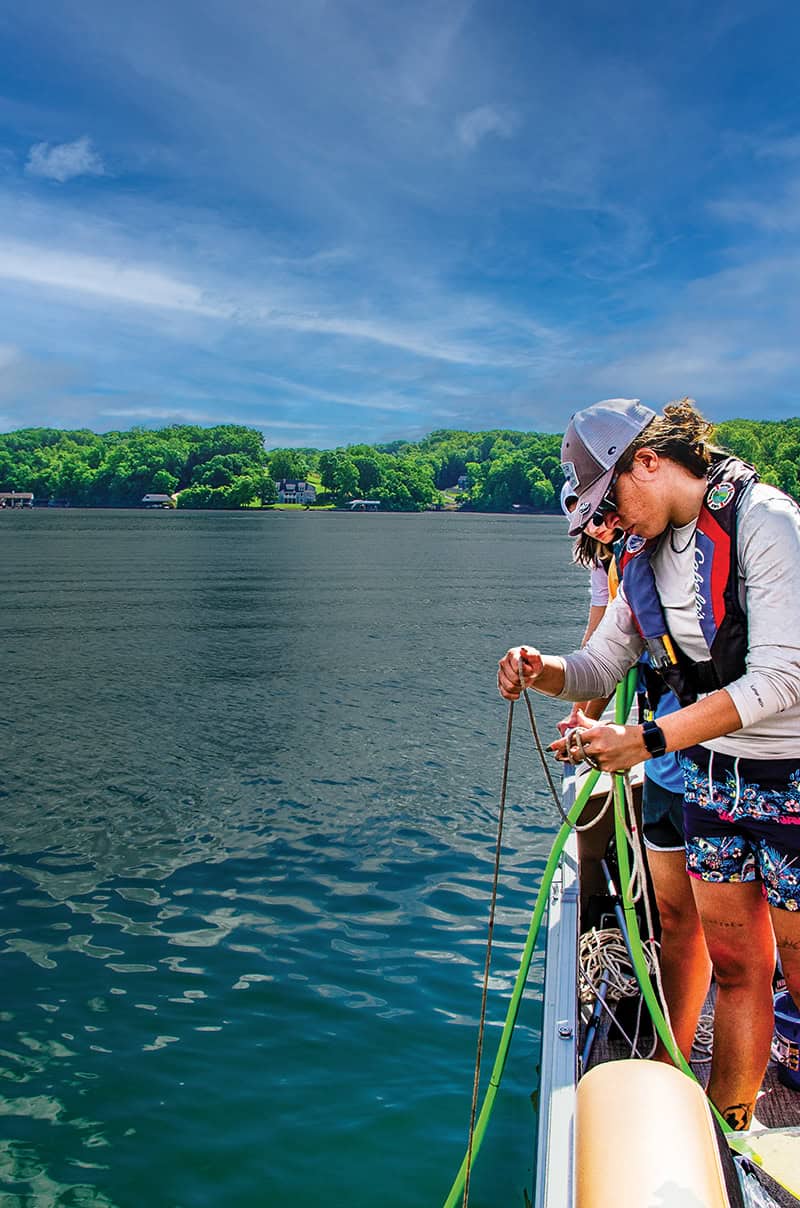
Citizen science has been for many years, especially in fields that require significant data collection, such as bird counts. Technology advances have enabled traditional science to embrace volunteers and are more successful as a result.
Citizen scientists are empowered through deeper knowledge and understanding of projects which leads to a community-based sense of stewardship. Successful citizen scientist projects involve easy to accomplish tasks that require little technical training but accomplish meaningful outcomes and results.
SMLA could not function without citizen science programs. The largest is the Water Quality Monitoring program of more than 50 volunteers. Each summer, this trained group collects water samples and water quality readings for six weeks. Covering more than 80 sampling stations requires volunteer help. A smaller group continues to work through November.
SMLA’s Save our Streams program, one of the biggest in Virginia, functions with more than 20 volunteers. Trained and certified volunteers monitor 18 streams around the lake two times a year. They collect, identify and count the insect life that are indicators of water quality. This group also works with middle schools to introduce aquatic ecology principles.
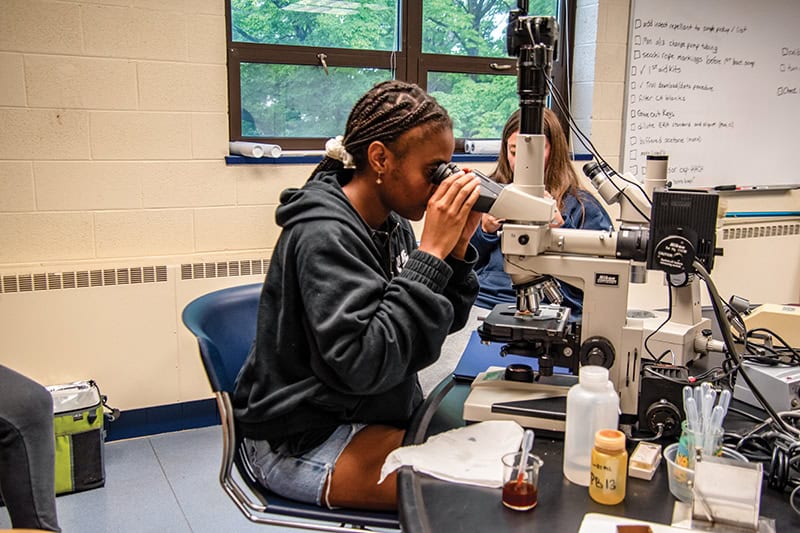
The Dock Watch program of more than 40 volunteers collects water samples at 20 docks. Trained and guided by the National Oceanic and Atmospheric Administration (NOAA), the volunteers identify cyanobacteria, the organisms that can cause Harmful Algal Blooms.
SMLA also draws citizen scientists to help with vegetation monitoring, buffer landscaping and fish habitat installation.
Every volunteer wants to know that what they have done has been meaningful, so SMLA makes sure to regularly update volunteers, as well as the entire lake community, on project results.
Personal fulfillment, exposure to thought provoking projects, a sense of community contribution, and insight into the behind-the-scenes of SMLA work are all reasons people volunteer their time and skills. SMLA’s citizen scientists provide unmeasurable value every year for SML.

Anyone can become a citizen scientist. Many volunteers include their grandchildren in their work, which not only reinforces their own learning but also inspires the next generation. Citizen scientists learn through their efforts and are able to share that knowledge with neighbors and the community. That helps everyone learn more about vital lake issues and water quality.
If you’re interested in making a difference at Smith Mountain Lake, visit smlassociation.org to learn how you can become a citizen scientist.
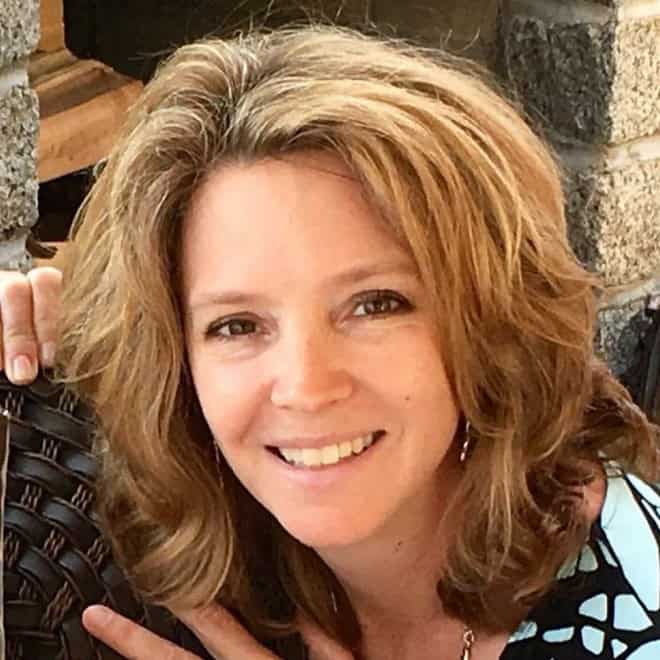
Keri Green
GUEST AUTHOR
Keri is an environmental consultant who chairs the Lake Quality Council for the Smith Mountain Lake Association. Reach her at [email protected].
